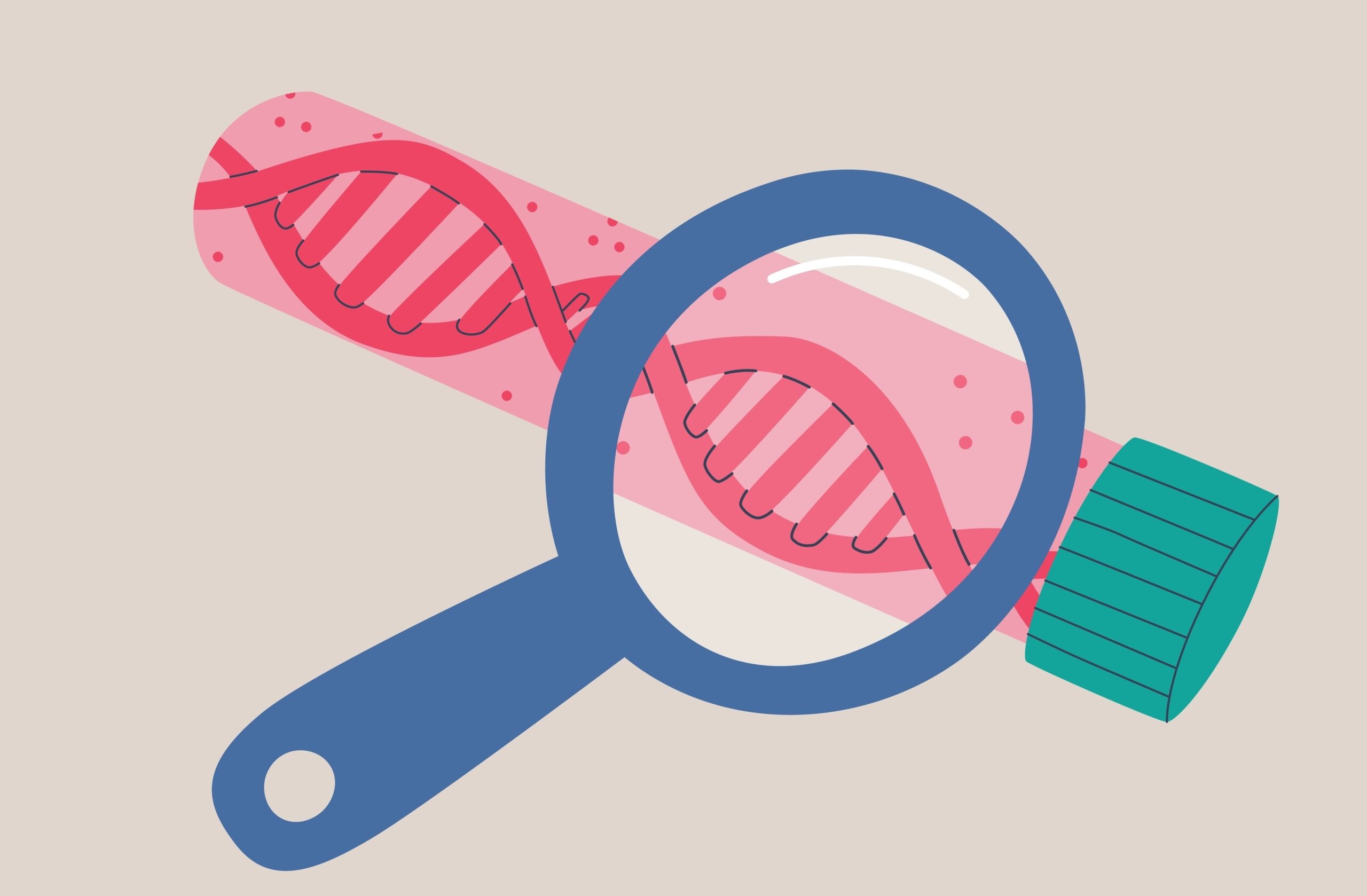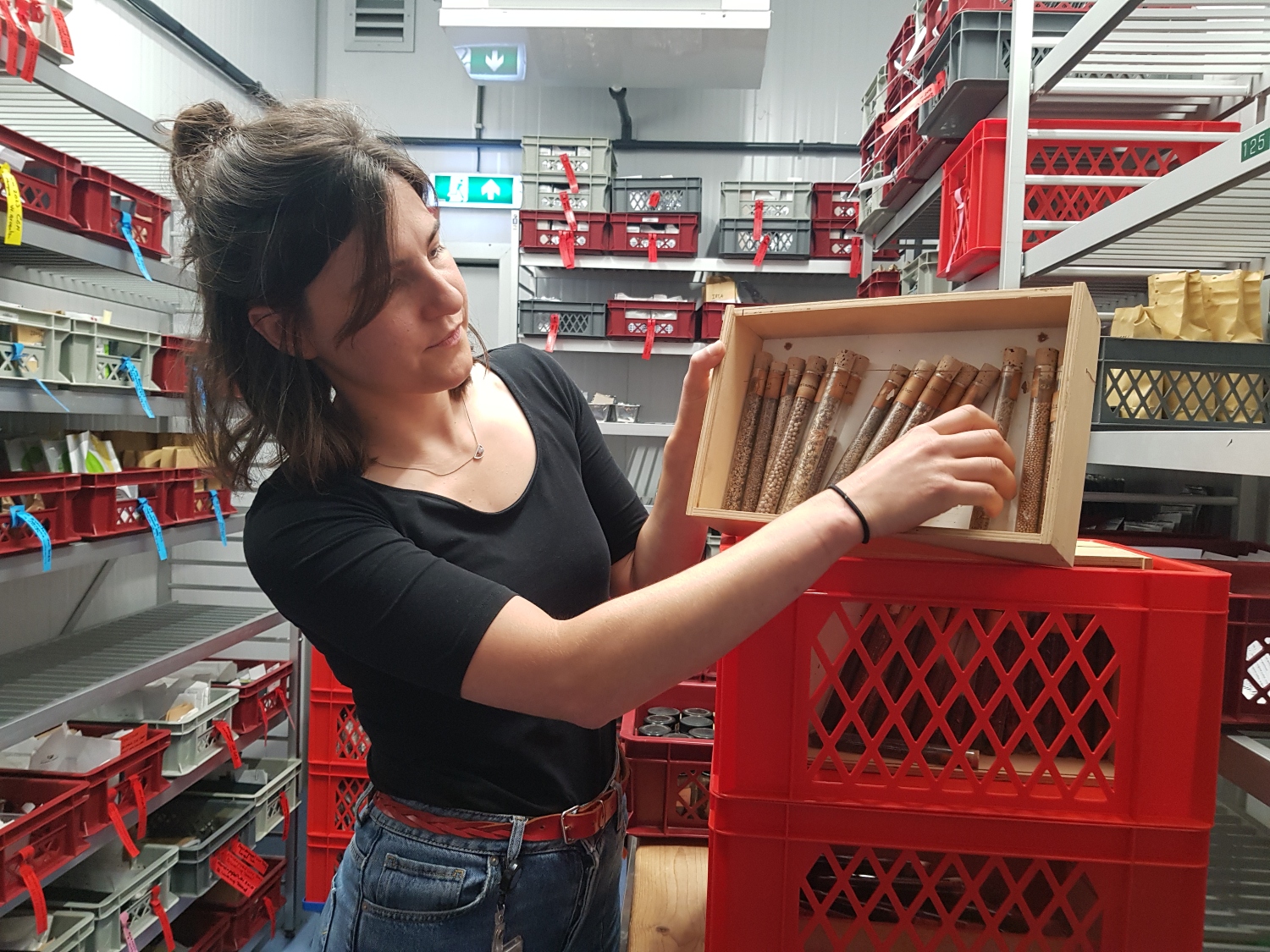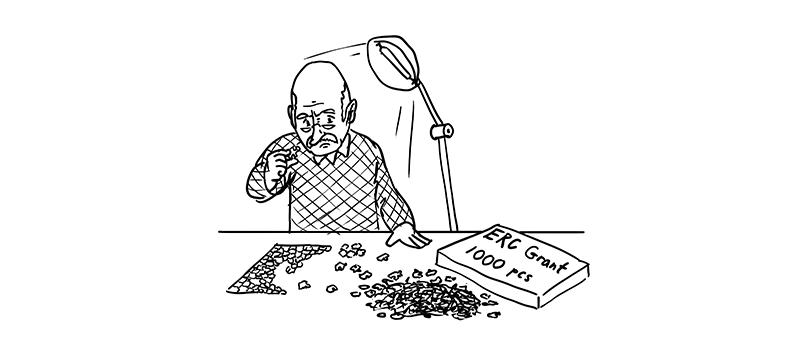Occasionally, scientists make a discovery that is almost too good to be true. CRISPR-Cas is an example of such a discovery. Biochemist Daan Swarts finds himself in a similar situation. His test can find any DNA sequence imaginable—a silver bullet for genetic screening. A European Research Council Proof-of-Concept grant enables him to continue developing this test.
The discovery of a new bacterial immune system three years ago laid the foundation for the test. That system, which was named SPARTA, excels at identifying foreign DNA which penetrates the bacterial cell, says Swarts. ‘The DNA of a virus or plasmid, a circular strand of DNA. The SPARTA system recognises the infection and acts accordingly.’
SPARTA
‘Much like CRISPR-Cas, SPARTA uses a strand of RNA as a guide to detect foreign DNA’, Swarts continues. ‘A strand made up of 21 nucleoids, in this instance, the genetic letters. This enables the system to identify the corresponding foreign DNA.’ Instead of chopping it up like many CRISPR-Cas systems do, SPARTA breaks down NAD+, a substance essential to the production of energy. As a result, the cell perishes.
‘That may seem like a rather useless immune system in the infected bacterium,’ Swarts admits, ‘ but it prevents the virus from spreading and, in doing so, it protects the population.’ Swarts and his colleagues were instantly interested in the system’s workings. ‘It is fairly easy to reprogramme the system to identify a specific DNA sequence, such as pathogenic bacteria and viruses or mutated DNA. That guide-strand is just 21 letters in length, making it easy to synthesise.’
In bacteria, virus detection is indicated by the death of a cell. Swarts: ‘However, for diagnostic purposes, you want to be able to detect DNA in a blood or saliva sample in a test tube. Instead of breaking down NAD+, we use a chemically analogue substance that fluoresces when broken down. That marker can easily be measured using a device that connects to your cell phone.’
Swarts says the lab tests prove it works. With the grant he aims to recruit a postdoc to advance the idea towards application in real samples. ‘The grant is to be considered a bridge towards more fitting grants or partnerships with businesses. In fact, the postdoc must spend one day per week on business development, either through partnerships or through a start-up. All options are open at the moment.’
Patent
In light of this development, the application for a patent was submitted prior to publication. Swarts: ‘Without this security, there is the risk no one will want to invest in the development. I am also in dialogue with businesses, which is a new and very educational domain for me, offering new opportunities for partnerships and funding. Moreover, it helps bring fundamental research into practice.’

 Illustration Shutterstock
Illustration Shutterstock 

